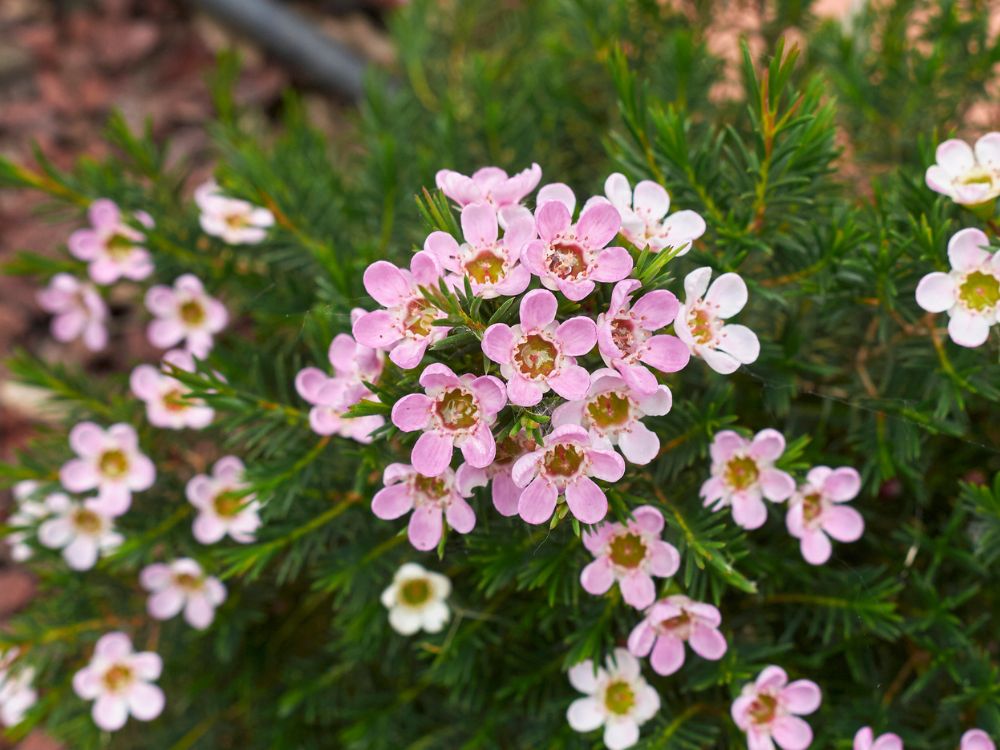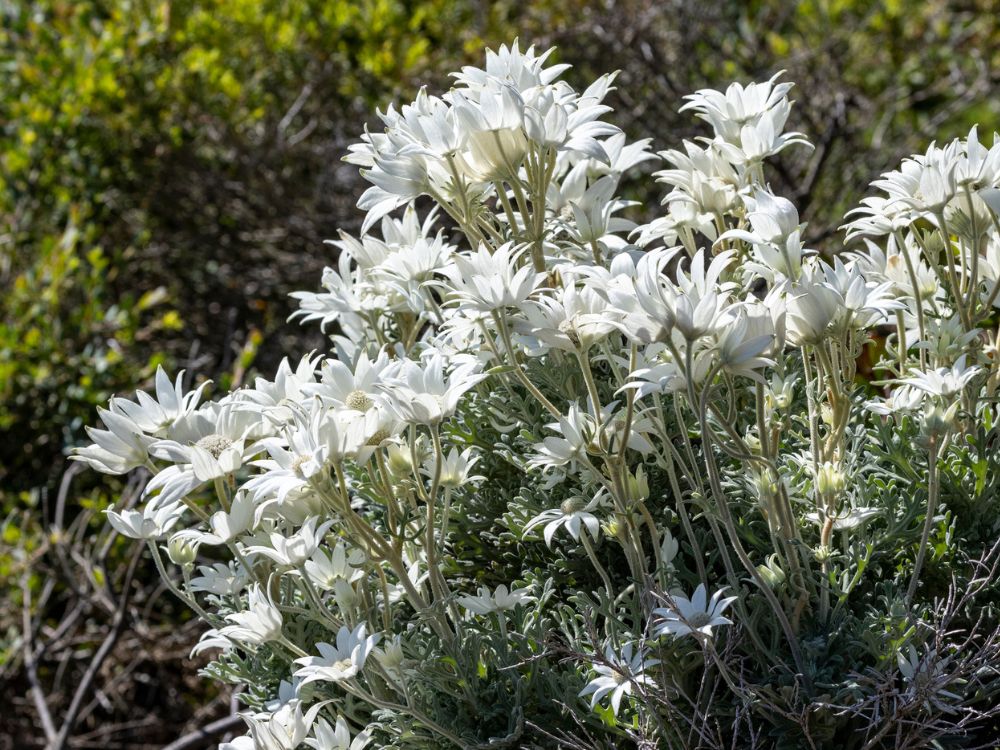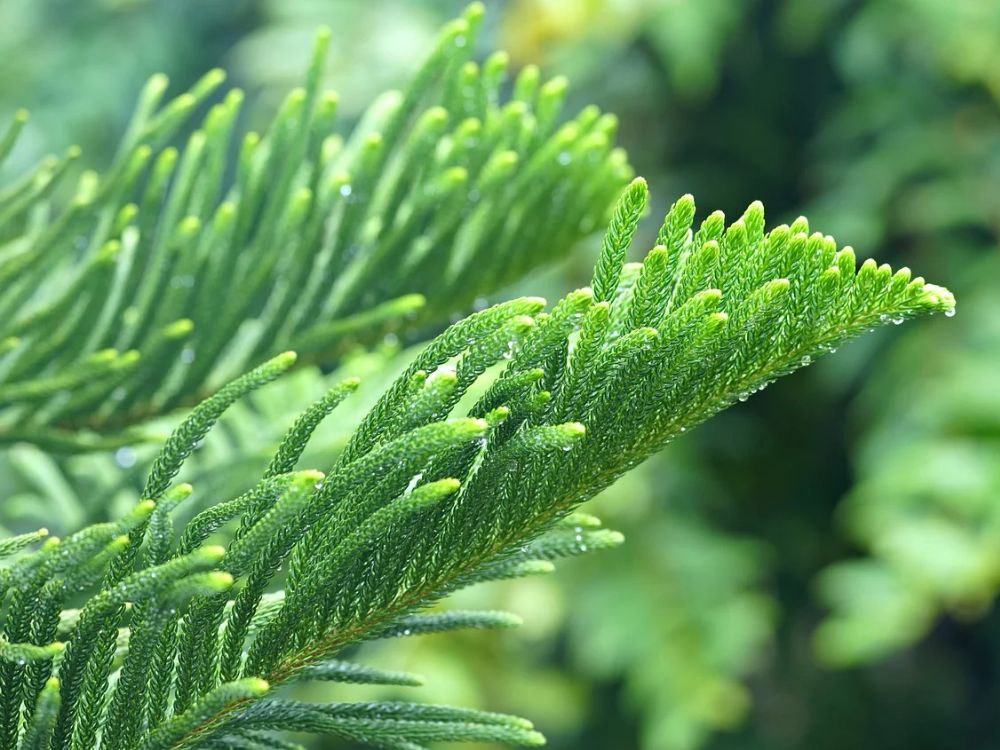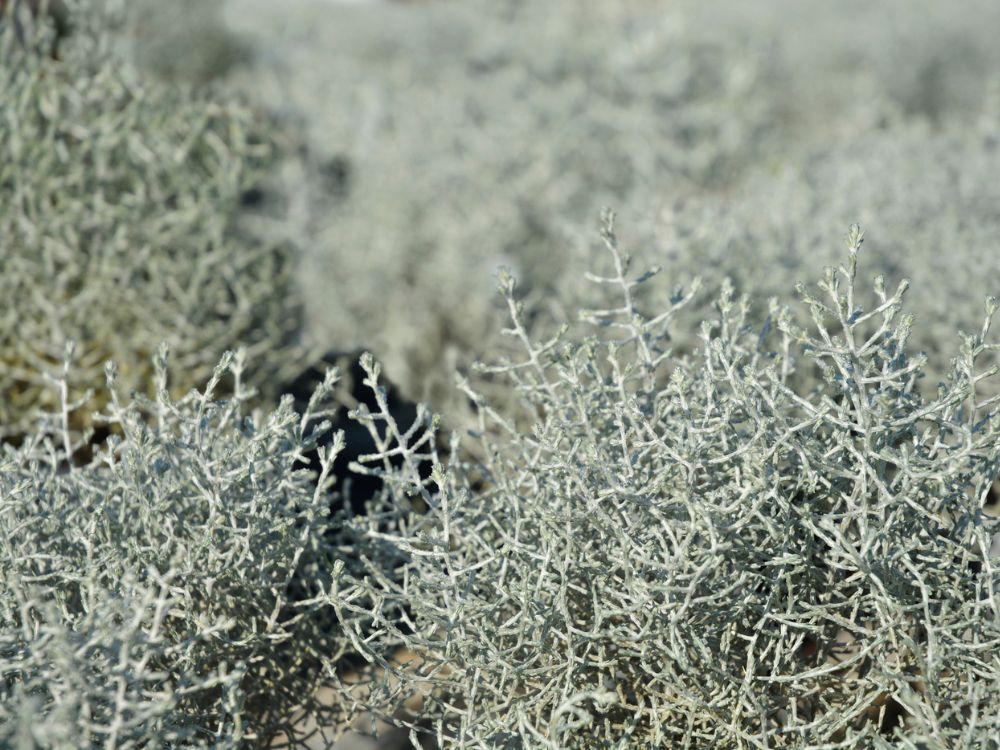Struggling to cultivate a lush garden in sandy soil? You’re not alone. Many Australian gardeners face the challenge of nurturing plants in soil that drains too quickly and lacks essential nutrients.
However, your garden can thrive even in these conditions with the right approach.
By choosing plants that naturally flourish in sandy soils, you can create a vibrant, resilient landscape. Incorporating organic matter and clay-based topsoil can further enhance your garden’s ability to retain moisture and nutrients, ensuring your plants get the best start possible.
Dive in to discover the best landscaping plant choices and expert tips for transforming your sandy soil garden into a stunning oasis.
Top 11 Flowers, Trees and Shrubs for Sandy Soil
Finding the right plants for sandy soil in Australia can be challenging. Here are ten species that thrive in these conditions.
Westringia Fruticosa

In sandy areas, Westringia fruticosa, also known as coastal rosemary, stands out. This native Australian shrub tolerates salt and requires minimal maintenance.
Thryptomene Saxicola
Thryptomene saxicola offers a burst of pink flowers throughout the year. Its resilience to seaside conditions makes it a reliable choice for coastal gardens.
Geraldton Wax (Chamelaucium Uncinatum)

Geraldton Wax showcases delicate blooms and withstands drought. Plant this shrub to add colour and attract pollinators.
Grey Cottonheads (Conostylis Candicans)

Choose Grey Cottonheads for their unique silver foliage and yellow blooms. They thrive in sandy soils and require little water.
Flannel Flower (Actinotus Helianthi)

The Flannel Flower, with its soft, woolly petals, grows well in well-drained sandy soils. It’s an iconic Australian native that adds charm to any garden.
Norfolk Island Pine (Araucaria Heterophylla)

Norfolk Island Pine is excellent for larger landscapes. It’s salt-tolerant and adapts well to sandy conditions.
Cushion Bush (Leucophyta Brownii)

Cushion Bush is perfect for coastal gardens with its silvery foliage and spherical shape. It handles strong winds and poor soils effortlessly.
Weeping Lilly Pilly (Waterhousea Floribunda)
For a touch of elegance, the Weeping Lilly Pilly features cascading branches and thrives in sandy soils. It’s a great screening plant.
Sheoak (Casuarina and Allocasuarina Spp.)
Sheoaks, with their fine needles and ability to fix nitrogen, improve soil fertility. They’re resilient and robust, perfect for sandy soils.
Canary Island Date Palm (Phoenix Canariensis)

Canary Island Date Palm brings a tropical vibe to your sandy garden. It’s hardy and adapts well to a variety of conditions.
Yucca elephantipes (Spineless Yucca)

Yucca elephantipes is a versatile and striking plant ideal for contemporary landscapes. Its sword-like leaves and robust trunk provide a bold architectural statement.
This low-maintenance plant thrives in well-drained sandy soils and is highly drought-tolerant, making it perfect for Australian gardens.
It also handles poor soil conditions and requires minimal watering once established. Spineless Yucca can be used as a focal point in garden beds or as an accent plant in large containers, adding a touch of modern elegance to any space.
Understanding Sandy Soils in Australia
Sandy soils are common in Australia, particularly in coastal regions and deserts. Here we delve into what defines these soils and the benefits and drawbacks of gardening in them.
Characteristics of Sandy Soils
Sandy soils are known for their loose texture and coarse particles. They drain quickly and often lack the ability to hold nutrients and moisture. This makes them light and airy, but often infertile for plants that need richer soil.
Coastal and desert areas, along with some mountainous regions, typically have these soil types due to underlying geology.
Advantages and Disadvantages of Gardening in Sandy Soil
The superb drainage of sandy soil is a big perk for plants that don’t like soggy roots. It warms up quickly in spring, helping to extend the growing season.
However, this quick drainage means water and nutrients can be lost rapidly, requiring frequent watering and fertilising. They can also become water-repellent, making it difficult for water to penetrate.
Adding clay or organic matter can ameliorate these issues by improving the soil’s ability to retain moisture and nutrients.
By focusing on these key aspects, you can make the most out of your garden’s sandy soil conditions.
Essential Tips for Gardening in Sandy Soil
Improving Soil Quality
Start by adding organic matter like compost or well-rotted manure. This increases water-holding capacity and nutrient content.
Avoid overdoing it, as too much can make the soil hydrophobic. Mixing in a quality hydrogel like Terracottem or a kaolin clay like Soil Solver helps retain moisture longer, making the soil more productive.
Effective Water Management
Sandy soil drains quickly, so water more often. Monitor plants regularly for dryness, especially in hot weather.
Use a drip irrigation system to deliver water directly to the roots, reducing wastage. Mulch the garden beds to slow down evaporation and maintain soil moisture for longer periods.
Selecting the Right Plants for Sandy Soils
Choosing the right plants for sandy soil can be tricky, but it’s crucial for a thriving garden. Let’s explore some factors and plant options that work well in sandy soil.
Factors to Consider When Choosing Plants
Look at the plant’s water requirements. Sandy soil drains quickly, so drought-tolerant species are better. Also, consider nutrient needs. Since sandy soil often lacks nutrients, go for plants that don’t need rich soil.
Check the soil pH. Some plants prefer acidic conditions while others thrive in neutral or alkaline soil. Knowing your soil’s pH helps you pick compatible plants. Finally, evaluate the local weather and sunlight. Plants adapted to your area’s climate will perform better.
Using Native Australian Plants
Australian native plants are superb choices for sandy soils. They’ve evolved to survive in such conditions.
Ground covers like Casuarina glauca are excellent for sandy environments. They’re hardy and require minimal water.
Grevilleas and Banksias are also well-suited to sandy soils. They offer vibrant flowers and attract native birds. For something taller, consider Eucalyptus trees. They’re drought-resistant and can handle nutrient-poor soil well.
Choose plants like Kangaroo Paw for a splash of colour. They thrive in sandy soil and require little maintenance. Incorporating these native plants ensures your garden is both beautiful and resilient.
Gardening Techniques for Better Growth
Boost your sandy soil garden’s productivity with simple but effective techniques.
Using Raised Beds for Improved Drainage
Raised beds help sandy soils retain more water and nutrients. Building up soil layers above ground keeps roots from extending too deep, avoiding the driest layers.
Use materials like timber or stone to create borders, then fill with a mix of topsoil, organic matter, and compost.
Mulching and Organic Additions
Mulching reduces water evaporation and adds nutrients as it decomposes. Organic options include straw, wood chips, and compost.
Spread mulch around plants to maintain soil moisture. Also, consider adding organic matter like composted manure to improve nutrient content.
Applying these methods, you can transform your sandy soil garden into a thriving green space. Keep experimenting to find the best techniques for your specific plants and conditions.
Image by simonapavan – lucidwaters – nahhan/depositphotos
